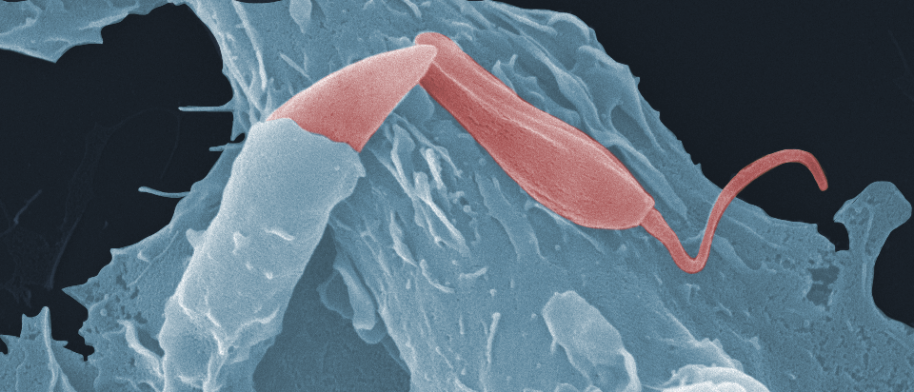
Leishmania
Leishmaniasis is caused by protozoan parasites of the Leishmania genus which are transmitted by the bite of a sandfly. The disease manifests with a wide range of clinical features, and there are several types of presentation.
Cutaneous Leishmaniasis
One or more painless skin ulcers, which usually self-heal. However, this can take months or years and leaves a scar.
Mucocutaneous Leishmaniasis
Skin lesions appear on the face, with destruction of tissues including the mucous membranes of the nose and mouth. It can be very disfiguring and does not heal spontaneously.
Visceral Leishmaniasis
Symptoms include fever, weight loss, enlarged spleen and liver, and anaemia. It is usually fatal if not treated. Immunocompromised patients (e.g. those suffering from HIV/AIDS) patients are particularly susceptible.
Leishmaniasis is endemic in 98 countries, 80 of which are in the developing world. Approximately 90% of new cases of visceral leishmaniasis occur in Bangladesh, Brazil, India, Nepal and Sudan. Mucocutaneous leishmaniasis occurs mainly in Bolivia, Brazil, Peru and Sudan, while 90% of cases of cutaneous leishmaniasis occur in Afghanistan, Brazil, Iran, Peru, Saudi Arabia and Syria.
Leishmania- The story of an ancient survivor
WCIP Research focus
Research at the WCIP focuses on the molecular genetics and biochemistry of Leishmania to understand how these parasites adapt to different environments during their life cycles and cause disease. We are exploring key biological processes involved in cell division, differentiation and interactions between the parasite and its host cell, the macrophage. This work may allow the identification of novel virulence factors and potential drug targets.
Current research themes include:
- Molecular mechanisms of Leishmania chromosome replication.
- The structure and function of the Leishmania flagellum.
- The function of Leishmania membrane transporters.
- Mechanisms of drug resistance.
Our key methods include the use of functional genomics (including gene editing) and metabolomics (the scientific study of the set of metabolites present within an organism, cell, or tissue).

